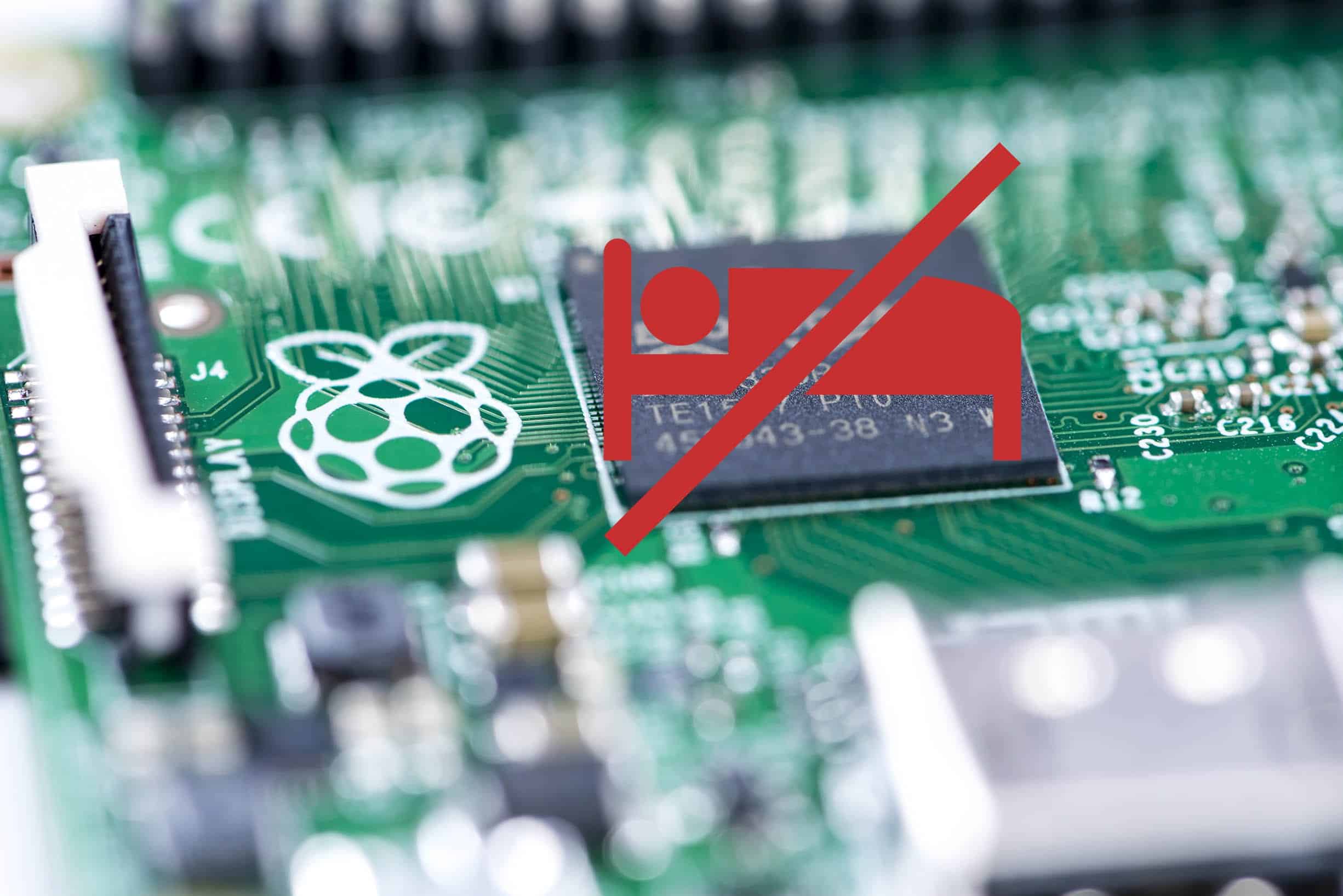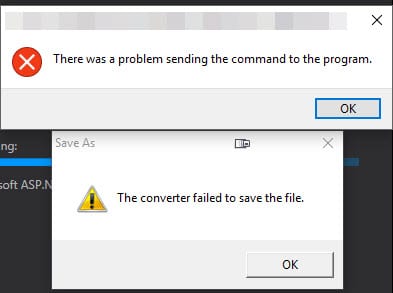Why I’m switching from Namecheap to Cloudflare
Years ago, when the internet was young, I purchased my first domain from InterNIC for about $70 a year. When the alternatives finally popped up, I switched my domain to Godaddy. As prices dropped, I ended up buying more domains through them for ideas and projects I developed. Eventually, I got tired of Godaddy’s shenanigans with pricing (increasing prices and having privacy as an add-on) and upselling everything, and after reviewing many technical forums, ended up switched everything to Namecheap where I even signed up for their shared hosting.
Things started well, but after a short while, the hosting ended up not being any better than Godaddy as all my sites became ridiculously slow as they oversold capacity. I finally made the jump to DigitalOcean, and the same site without any changes or optimizations jumped in performance about 60% based on the metrics reports I was running. No joke, people were pinging me asking what I changed to make my site run so much faster because they wanted to do the same.
I was annoyed that Namecheap refused to refund a partial credit on the hosting even though I wasn’t using it anymore despite their bait and switch caused the performance issues by overselling capacity. In the end, I didn’t fight, because it was cheap, I was beyond the credit card chargeback period, and I still had domains with them and didn’t like any of the other registrars out there enough (nor were the prices better) to make the switch.
On the domain side, their control panel was pretty confusing at first. Godaddy’s was more straight forward for managing DNS and records, so I had to constantly figure out what the Namecheap configuration equivalents were because it wasn’t straight forward. They updated their control panel, and things got easier, but it still wasn’t intuitive. I think a lot of my confusion came from them trying to default to their parking pages or their hosting.
I’d run into issues, and their support would always be good enough to help fix them. I then ran into an issue with setting up a txt record. The fix required them to manually enter the entry on their side due to a bug in their control panel that they still haven’t fixed to date. The bug was serious enough that if I made any changes to any of the domain settings (like adding another A/CNAME/MX record), it would undo their change and I’d have to file another ticket for them to complete the change.
All changes would take hours to propagate. Many of the services that validate DNS changes would not see them for hours or even a day. It hadn’t been a great experience, and now I’ve wanted to find a new registrar to replace Namecheap.
In 2018, CloudFlare announced their registrar service. I’ve patiently watched to see how reliable it is and finally ended up testing it last month with a domain for an existing project that’s in development. To say I was blown away was an understatement. The experience hasn’t been perfect, but the things that really matter are well executed.
I found Namecheap to be a bit deceptive in the transfer process. All other registrars I’ve used let you approve transfers instantly via a link in the notification email. Namecheap sent an email saying they received a request to transfer the domain and this is the text about approving/canceling:

I wanted to expedite the transfer only because I wanted to get the control panel cleared out to find out what’s left and what’s worth keeping and what domains I should let go. I reached out to their chat and learned that they implemented a dark pattern. I never clicked the link because I didn’t want to accidentally cancel an approved transfer as I had assumed it was a direct link to cancel.
It turns out that their support person confirmed the text is deceptive and the link opens a page lets you approve or cancel it:

Not cool Namecheap, but I digress. So let’s look at the pro’s and con’s of CloudFlare which elaborate why I’m switching to them.
Pros
- Price point is cheaper than everyone else since they sell wholesale.
- Transfers are painless.
- Control Panel is intuitive compared to both Namecheap and Godaddy’s. It allows for managing records quicker.
- DNS changes reflect instantly on all the third party domain verification services.
- Cloudflare offers free SSL on the domain level.
- Support responded in a few hours to an issue I had.
Cons
- Can’t register new domains directly at Cloudflare which requires purchasing a domain somewhere else and then waiting 60 days to transfer.
- Doesn’t support all the TLD domains yet.
- Can’t create custom nameservers without paying $200 a month, which was free with godaddy and namecheap.
Not bad for a cons list, so I migrated most of my domains over to Cloudflare, and it’s a win all the way around. They sell domains at cost, offer a ridiculously easy to use control panel where everything works. Even better are how quickly changes take effect, and third party services can validate the changes.




Any thoughts in 2021 now that you’ve used Cloudflare for awhile? I’m considering switching from Namecheap but not sure yet.
To be completely honest, I’m still a huge fan of Cloudflare and have not regretted making the move yet. Saving money, getting faster changes with an easier-to-use dashboard is a win-win for me. I look forward to when you can buy directly from them.
Hello, are your domains are still on cloudflare til today? I’m planning to transfer from namecheap to cloudflare because of pricing. Cloudflare cost only 9.15usd why Namecheap cost 16+ usd for my domain to renew. Thanks.
Hi Joe, yes. I have a 3 domains on namecheap or name.com but only because they are tlds not supported by Cloudflare. Everything else is on Cloudflare and I am still a huge fan of the service. I buy most domains directly on Cloudflare now that they have introduced that functionality.